China’s steel industry has long been a powerhouse, driving global production and consumption. For years, expansion was the priority, with the country leading the world in steel output. However, facing mounting economic challenges, environmental concerns, and global market fluctuations, China is pursuing a more sustainable approach. The emphasis shifts from sheer capacity expansion to quality growth, reinforcing stricter regulations and efficiency-focused policies.
Regulatory Changes and Industry Stabilization
China is tightening its regulatory framework to stabilize the steel industry amid market uncertainties. The China Iron and Steel Association (CISA) has outlined new strategies that focus on long-term sustainability rather than sheer output growth. The latest policy changes aim to ensure that production remains within reasonable limits while improving environmental standards and energy efficiency.
One of the critical measures is the introduction of strict production controls. These regulations mandate steel manufacturers to adhere to more stringent environmental guidelines, reducing carbon emissions and optimizing resource utilization. These efforts align with China’s commitment to reducing its carbon footprint and achieving green industrial development.
Shift Towards Quality Growth
Historically, China’s steel industry has expanded rapidly, often prioritizing quantity over quality. However, the current reforms aim to reverse this approach. The focus is now on producing high-performance steel with better durability and efficiency. Investments in advanced technology, research, and innovation have become central to industry strategies, ensuring that Chinese steel remains competitive globally.
Additionally, the government is promoting a performance-based evaluation system to differentiate between enterprises that excel in efficiency and sustainability and those that rely on outdated production methods. This system will allow leading companies to thrive while inefficient and environmentally harmful facilities are gradually phased out.
Suspension of the Capacity Exchange Scheme
One of the most significant policy shifts is suspending the steel capacity exchange scheme. Previously, this system allowed older plants to be replaced with newer, more efficient ones, effectively maintaining high production levels. However, concerns about overproduction and market volatility have led the government to reconsider the approach. The revised regulations introduced in early 2025 emphasize optimizing existing capacity rather than expanding it.
Future Outlook and Expected Production Cuts
As China continues to restructure its steel industry, further reductions in production are expected. Analysts predict that steel output may decrease by up to 50 million tons annually. This move is seen as necessary to balance supply with demand and reduce excess production, which has led to price instability in the past.
The ongoing restructuring will likely improve overall industry efficiency while ensuring China remains a leading player in global steel markets. The country aims to strengthen its competitive edge while addressing pressing environmental and economic concerns by shifting its focus from rapid expansion to quality-driven growth.
Conclusion
China’s steel industry is undergoing a significant transformation. Moving away from capacity-driven growth, the nation prioritizes quality, efficiency, and sustainability. China sets a new standard for its steel sector with strict production controls, improved regulations, and the phasing out of outdated practices. This approach stabilizes the domestic market and enhances China’s reputation as a responsible global steel producer.

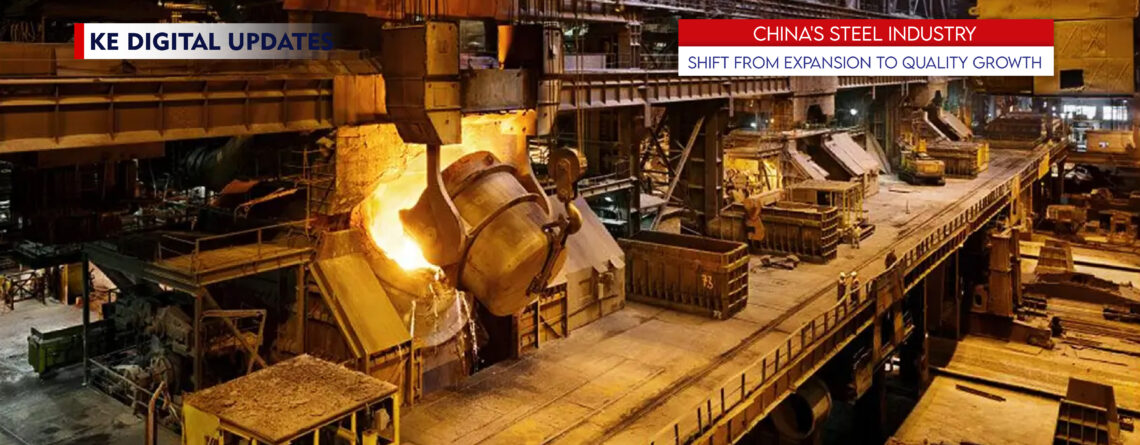
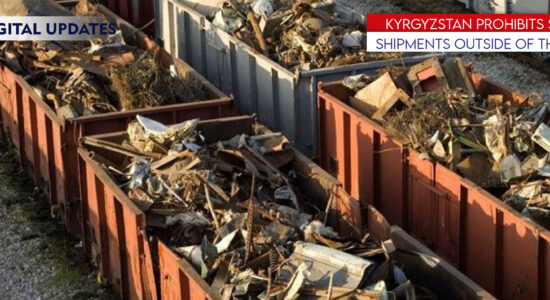
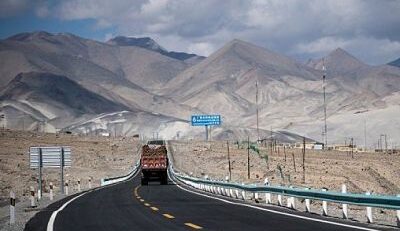
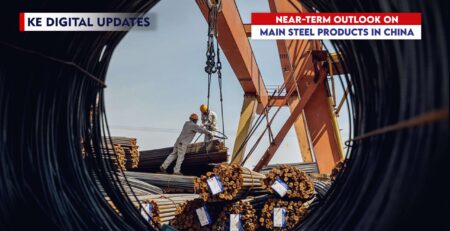


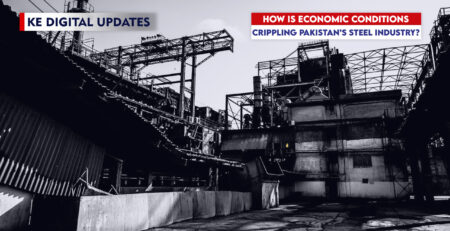
Leave a Reply